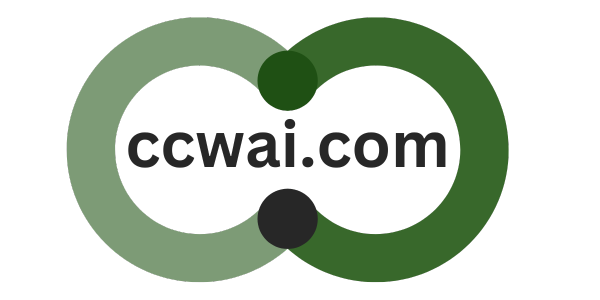Your Resume and Financial Statement

Introduction
Your next job is to forecast how much money you’ll need. You can’t make realistic financial projections in a vacuum; they must be integrated into a thought-through plan. As a result, you’ll need to make a number of decisions about how your business will operate and forecasts of financial results. But don’t let this intimidate you. You’ve probably been thinking about the financial side of your business for some time. You will inevitably need to make some assumptions and even a guess or two. Of course, you should make your projections as accurate as possible; shoot for an accuracy rate of plus or minus 10%.
What Is a Profit and Loss Forecast?
A profit and loss forecast is a projection of how much you will sell and how much profit you will make. This is the foundation of your business plan. It gives you and your potential backers the basic information necessary to decide whether your business will succeed. Basically, a profit and loss forecast forces you to estimate how many dollars you will take in and how many dollars you will spend for some future period. While other extremely important factors affect your business, such as your cash flow (Chapter 7), you’ll be in good shape if you can confidently predict that the money coming in will exceed the money going out by a healthy margin
Review Your Profit and Loss Forecast
You’ve now completed your first run through a Profit and Loss Forecast. Date it so you won’t get confused if you do another draft. I hope it looks positive. However, if like many people you find you need to increase profitability to make the business a good economic idea, go back through all your assumptions. How can you really reduce costs or increase volume? Incorporate into your forecast only those changes you’re sure are sound.
Now look at the profit figures again. Do they show enough profit to make a good living, pay back your money source, and leave some margin for error? If they do, and you’re sure the figures are right, you will want to go ahead with your business idea. If the adjusted figures still do not show enough profit, it may be wise to look for another business idea or change your basic business assumptions.
Your Profit and Loss Forecast and Income Tax Return
Figuring out your business’s income tax return involves more calculations than we have shown so far. One major difference involves cost of sales, which we have viewed as a simple percentage of sales for forecasting purposes. You’ll need to follow more complicated rules when computing your business income tax return. Read below to learn how to spot employee theft. You can skip this discussion if your business has no inventory.




